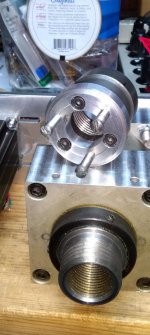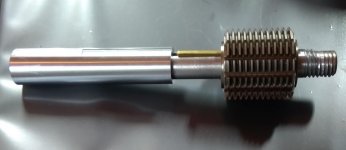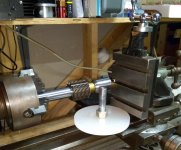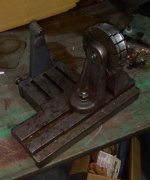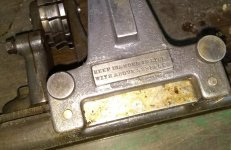JackHB
Aluminum
- Joined
- May 29, 2021

Making up a belt pulley for the variable speed DC motor. The thought is to pivot the motor from the back 3/4" rail and use gravity for tension. If the motor is free to be positioned along the rail, it may be possible to use all 3 of the spindle pulleys along w/ the variable speed of the motor.
I am going to experiment and try making a 1 1/2" wide Velcro belt to go with it




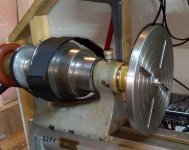







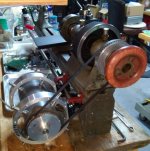


![IMG_20210805_183007~2[16457].jpg IMG_20210805_183007~2[16457].jpg](https://www.practicalmachinist.com/forum/data/attachments/271/271859-95c8bad8d2caffdddef35fcbe1c84eb2.jpg)
